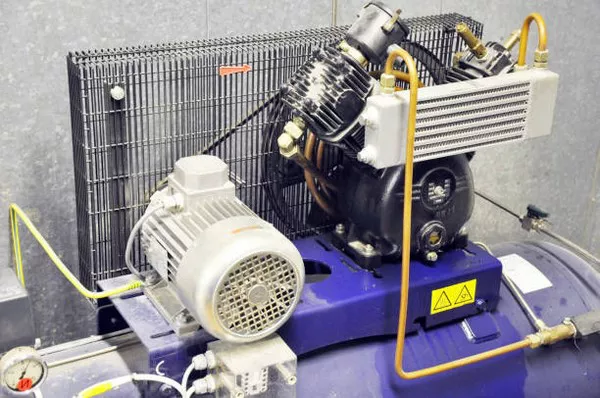In an era where constant access to electricity is indispensable, portable generators emerge as a versatile solution for various applications, ranging from outdoor adventures to emergency power backup. These compact powerhouses are designed to deliver electricity on demand, providing a reliable source of energy when and where it is needed. To understand the intricate workings of these devices, let’s delve into the mechanics of how a portable generator operates.
Power Generation Basics:
At its core, a portable generator functions based on the principles of electromagnetic induction, a phenomenon discovered by Michael Faraday in the early 19th century. This process involves the creation of an electromotive force (EMF) by varying the magnetic field around a conductor. In the case of a portable generator, the primary components responsible for this mechanism are the engine and the alternator.
The Engine:
Most portable generators are equipped with an internal combustion engine, commonly running on gasoline or propane. The engine serves as the driving force, converting chemical energy from the fuel into mechanical energy by igniting a mixture of fuel and air. As the engine cranks into action, it rotates a shaft connected to the alternator, initiating the process of power generation.
Alternator:
The heart of a portable generator lies in its alternator, also known as a generator head. The alternator is responsible for converting the mechanical energy generated by the engine into electrical energy. It consists of a stationary coil of wire (stator) and a rotating coil (rotor) connected to the engine shaft.
As the rotor spins within the magnetic field created by the stator, it induces an alternating current (AC) in the stator windings. This AC is characterized by a constantly changing direction, with the voltage fluctuating between positive and negative values. While this alternating current is suitable for many industrial applications, it is not directly compatible with most household appliances.
Rectification and Voltage Regulation:
To make the electricity generated by the alternator usable for common devices, the generated AC must be converted into direct current (DC). This conversion is achieved by a component called the rectifier. The rectifier allows the current to flow in only one direction, producing a more stable and consistent form of electrical energy.
Voltage regulation is another critical aspect of a portable generator’s operation. Fluctuations in voltage can damage sensitive electronic devices, so generators are equipped with voltage regulators to maintain a steady output. These regulators adjust the electrical output to ensure a consistent voltage level, enhancing the generator’s reliability and usability.
Power Panel and Outlets:
Once the electrical energy is rectified and regulated, it is directed to the power panel of the generator. The power panel typically includes various outlets with different voltage and current ratings to accommodate a variety of devices. Common outlets include 120-volt household outlets, 240-volt outlets for larger appliances, and USB ports for charging electronic devices.
Generators also feature circuit breakers or fuses in the power panel to protect against overloads. These safety features automatically disconnect the generator from the load in case of a power surge, preventing potential damage to both the generator and connected devices.
Fuel System:
The fuel system plays a crucial role in sustaining the generator’s operation. Portable generators usually come with fuel tanks that vary in size, depending on the model. The efficiency and runtime of the generator are directly influenced by the fuel capacity and the engine’s fuel consumption rate. Regular maintenance, such as checking and changing the oil, is essential to ensure the generator’s optimal performance and longevity.
See Also A Comprehensive Guide on How to Properly Ground a Generator
Conclusion:
In conclusion, the functionality of a portable generator is a result of a harmonious interplay of various components, including the engine, alternator, rectifier, voltage regulator, and power panel. These components work seamlessly to transform chemical energy from fuel into electrical energy, providing a versatile and reliable power source for a myriad of applications.
Understanding the inner workings of portable generators not only enhances our appreciation for these compact powerhouses but also empowers users to make informed decisions when selecting, operating, and maintaining these devices. Whether used for camping, powering tools at a remote job site, or serving as a crucial lifeline during power outages, portable generators have become indispensable in our modern, electricity-dependent lives.

